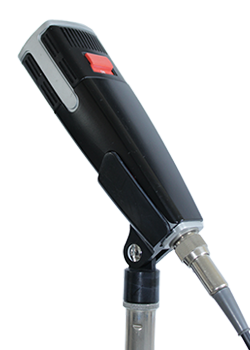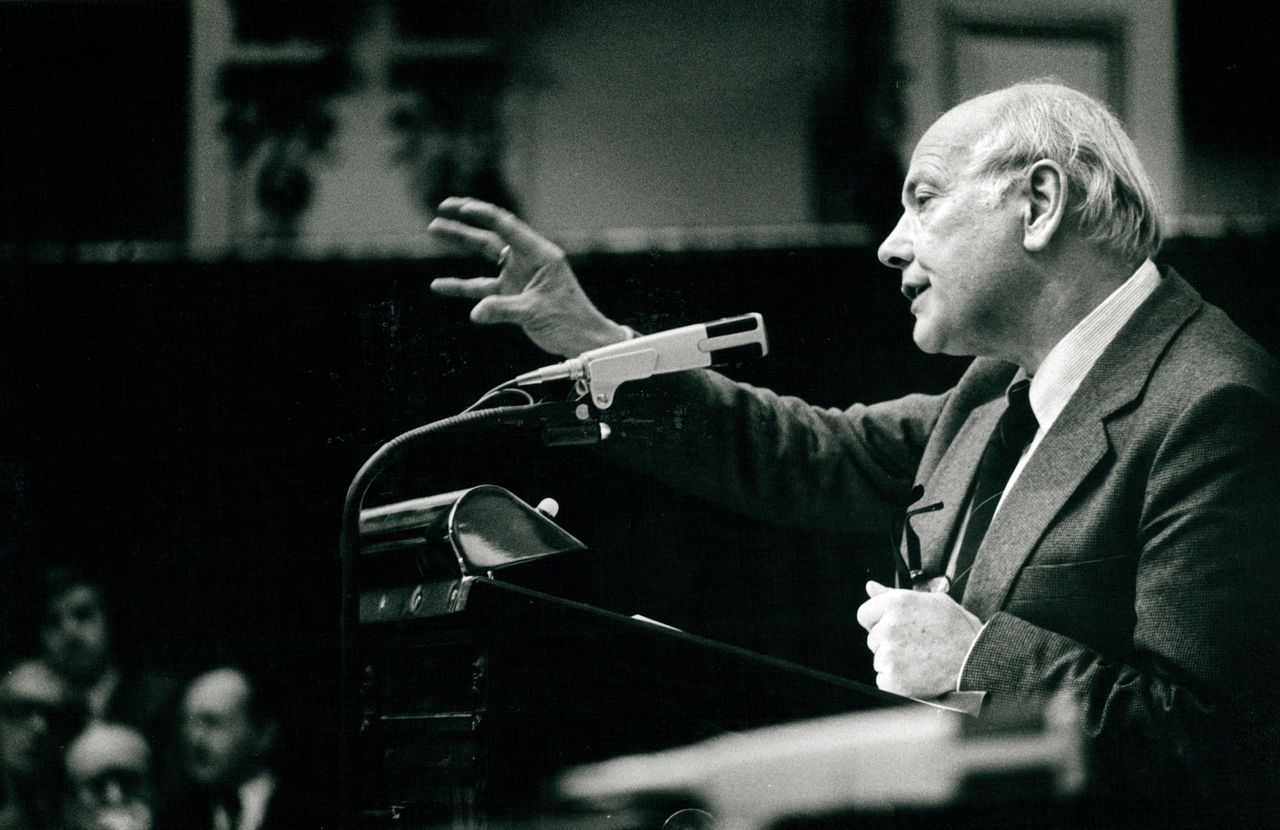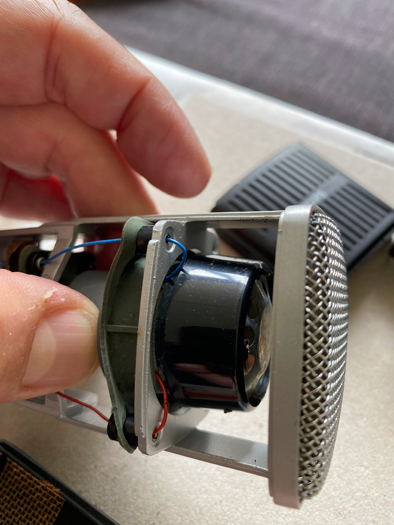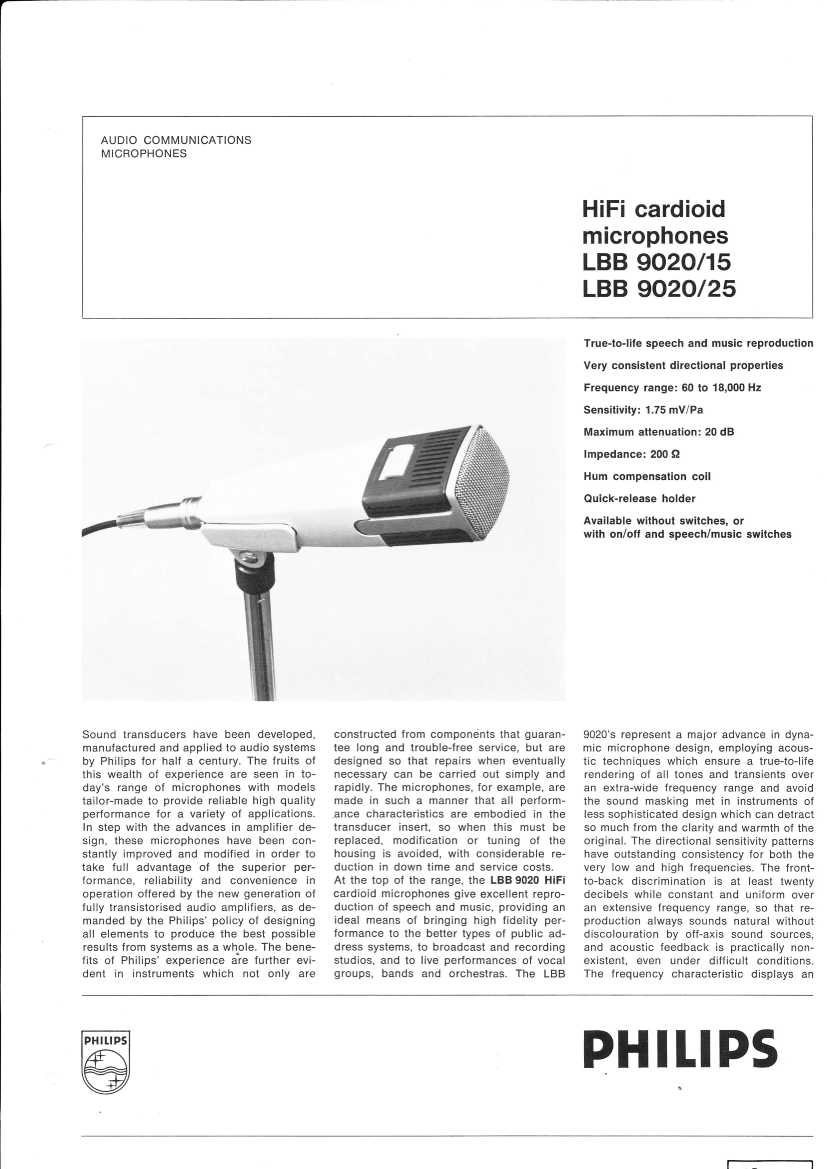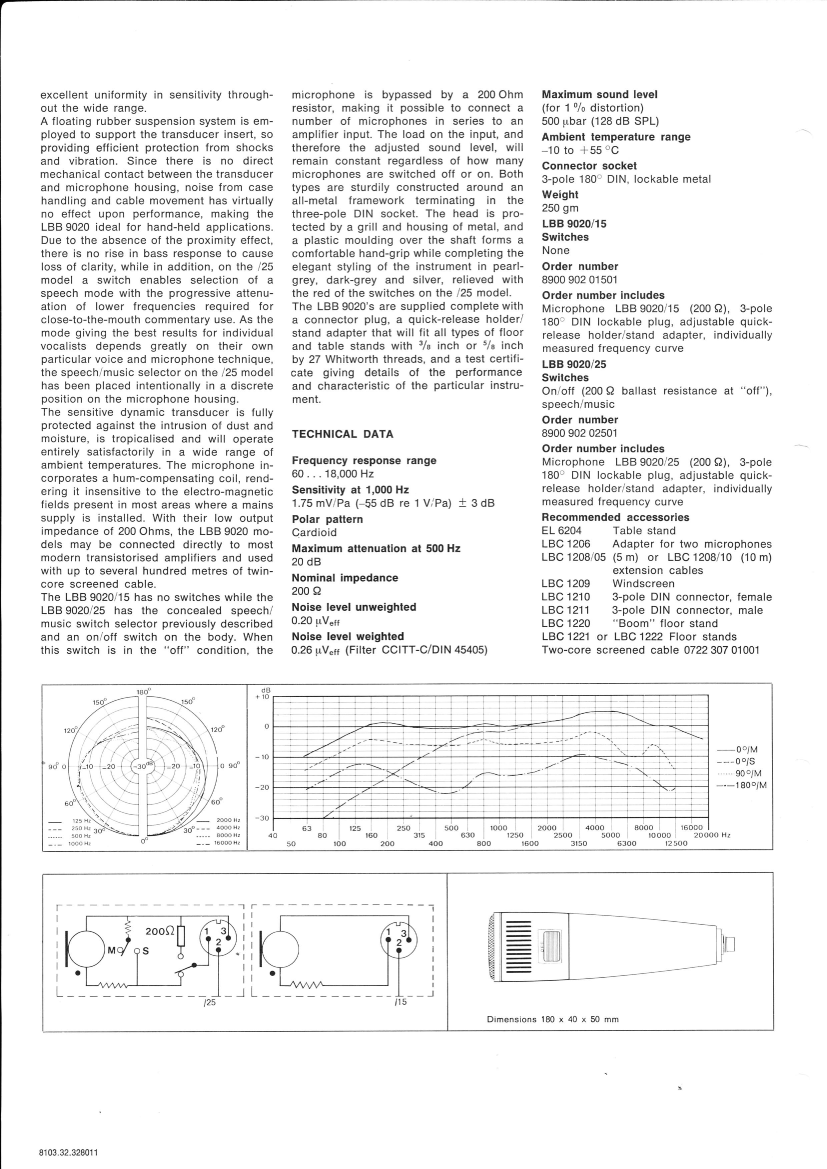|
The microphone I want to focus on this time is the Philips LBB 9020/45, a dynamic directional microphone, made from ca. mid 1970s to about the early 1980s.
It was presented as the top model, based on Philips' years of experience in microphone construction, and was intended for speech and instruments, both in the studio and on stage.
The element was suspended freely in rubber to prevent contact noise when used in hand. According to Philips, the LBB 9020 was not affected by the proximity effect. Production took place at AKG, in their factory in Munich, West Germany.
The microphone first had a gray plastic housing, which immediately reminded many people of the well-known Sennheiser MD 421. Philips presented that gray model in two versions: the LBB 9020/15, without switches, and the LBB 9020/25, with on/off switch and, on the side a recessed music/speech switch, which was covered when the microphone was in its clamp.
A black version soon followed, again just like the MD 421, which was given the type number LBB 9020/35, without switches, and type LBB 9020/45 with switches. The cable connection was a 3-pin DIN (Kleintuchel) screw connector, later this was changed to a 3-pin XLR connection.
The design of the LBB 9020 is radically different from the MD 421: the sound is determined inside the hermetically sealed capsule, the housing plays no role, where the 421 has bass ports at the rear for sound entrance, a bass pre-emphasis pipe and an acoustic chamber the in the housing.
The sound of the LBB 9020 microphones is crisp and clear, the frequency range is wide: 60-18,000 Hz. Contrary to what Philips claimed, the microphone does have a proximity effect, it is clearly audible when used up close.
That is no surprise, because there are really only two ways to achieve this with a dynamic microphone: either by means of the Electro-Voice patented 'Variable D' system, in which a number of openings have been made in the housing, at different distances from the element, or by using 2 elements, 1 for treble and another for bass (the earlier Philips LBB 9050, also by AKG, had two elements).
AKG had extensive experience with both systems (see AKG D222), but the designers at Philips apparently thought that a third way was possible, in which the grill around the capsule was extended further behind the element. In practice, this does not seem to work well enough.
Despite the proximity effect, the LBB 9020/45 is an excellent microphone that delivers a warm sound and great speech intelligibility. In the Netherlands it was used in parliament, and there are vintage mic enthusiasts who also appreciate it and use it for recordings.
Enigmatic is the similar model LBB 9105/05, with the same specifications as the gray LBB 9020/25; confusing to say the least, because it was 'Made in Holland'. I would be obliged to anyone who can explain this to me.
It may have been because in that era a Dutch microphone was preferred in parliament. These days Neumann KM 184s are used there, although the Microtech Gefell KEM 970 would be a better choice.
Philips LBB 9020/45 Specs: size 180 x 40 x 50 mm, weight 250 grs. Connector 3 pin DIN (Small Tuchel), Frequency range 60-18.000Hz, Impedance 200 Ohm, Sensitivity 1.75mV/Pa
These and many more types feature in my book Witnesses of Words. More information about that can be found at www.witnessesofwords.com
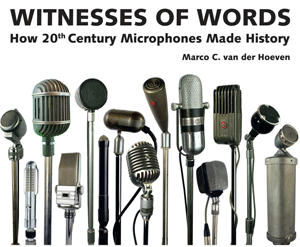
|
|
|
|
Above: 2 sides of the LBB 9020/45
Below: sound, Dutch prime minister Joop den Uyl in parliament with gray version, parts, capsule and manual
|
|
|
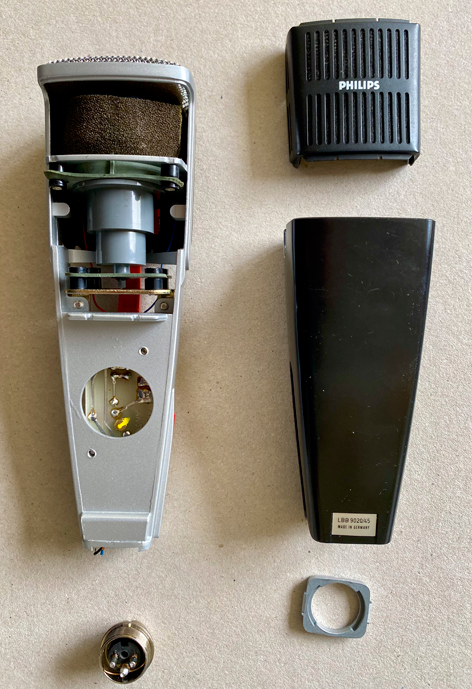
|
|
|
|
|

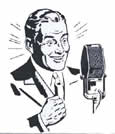
 Video's
Video's Contact
Contact



